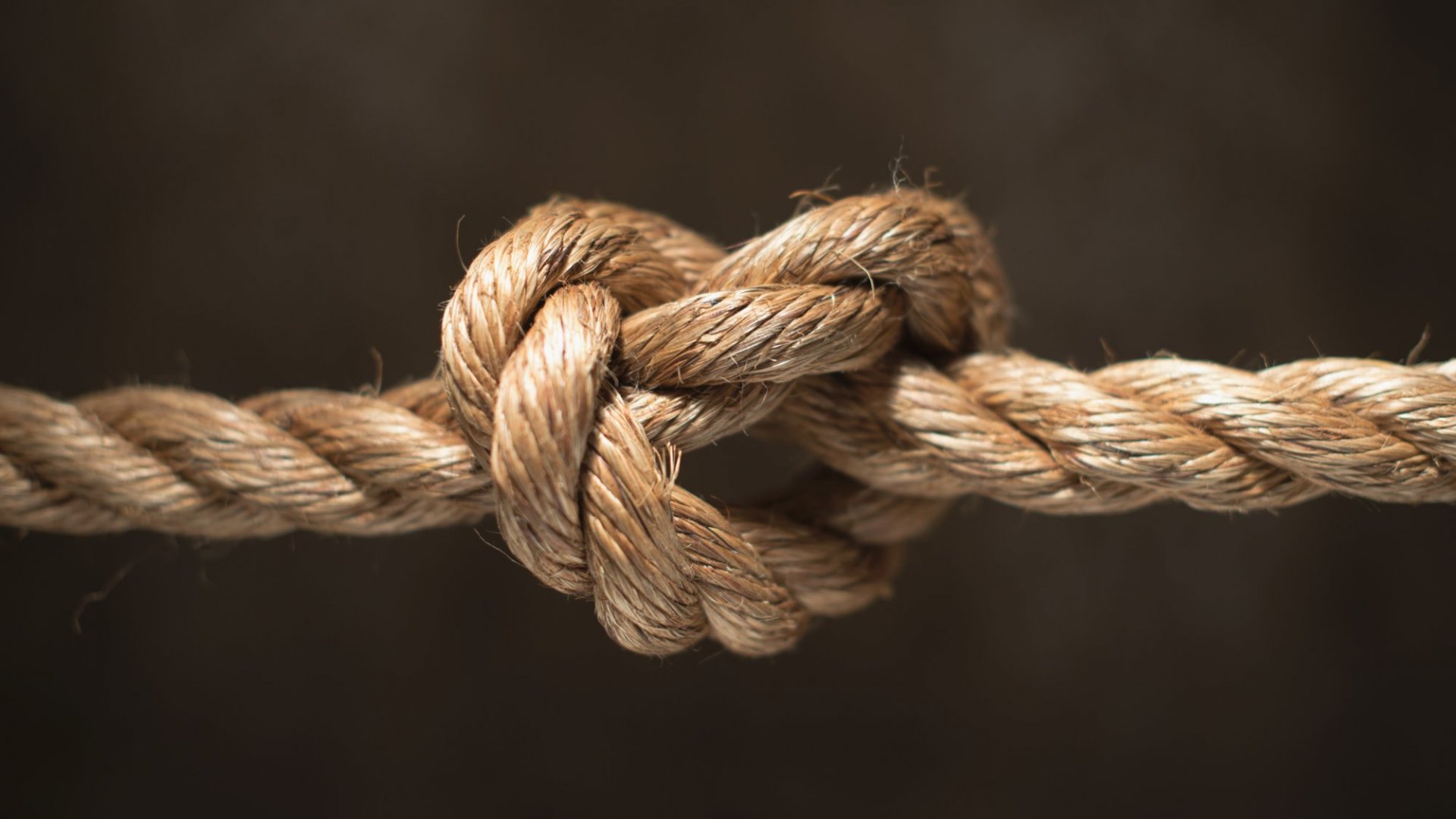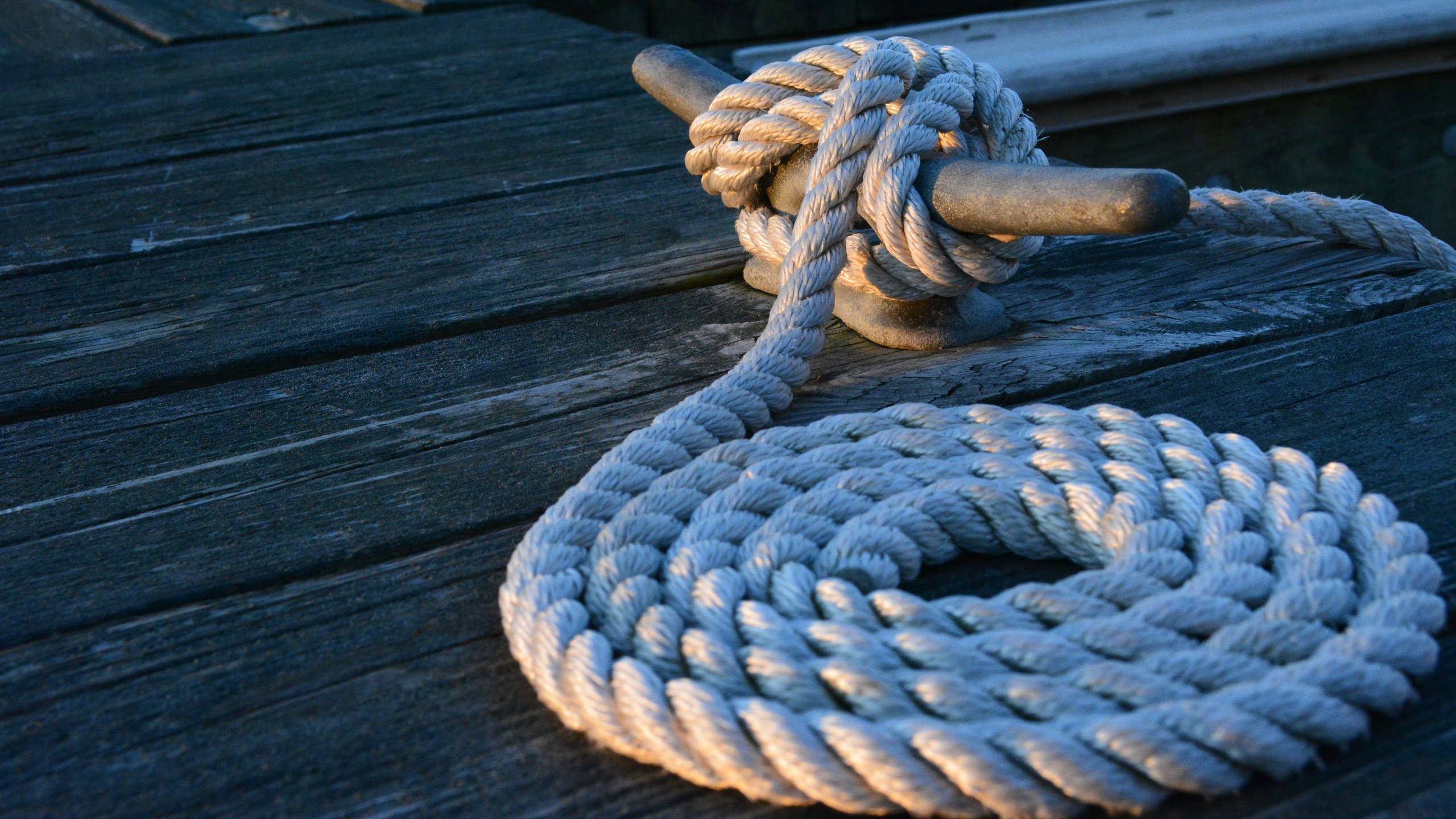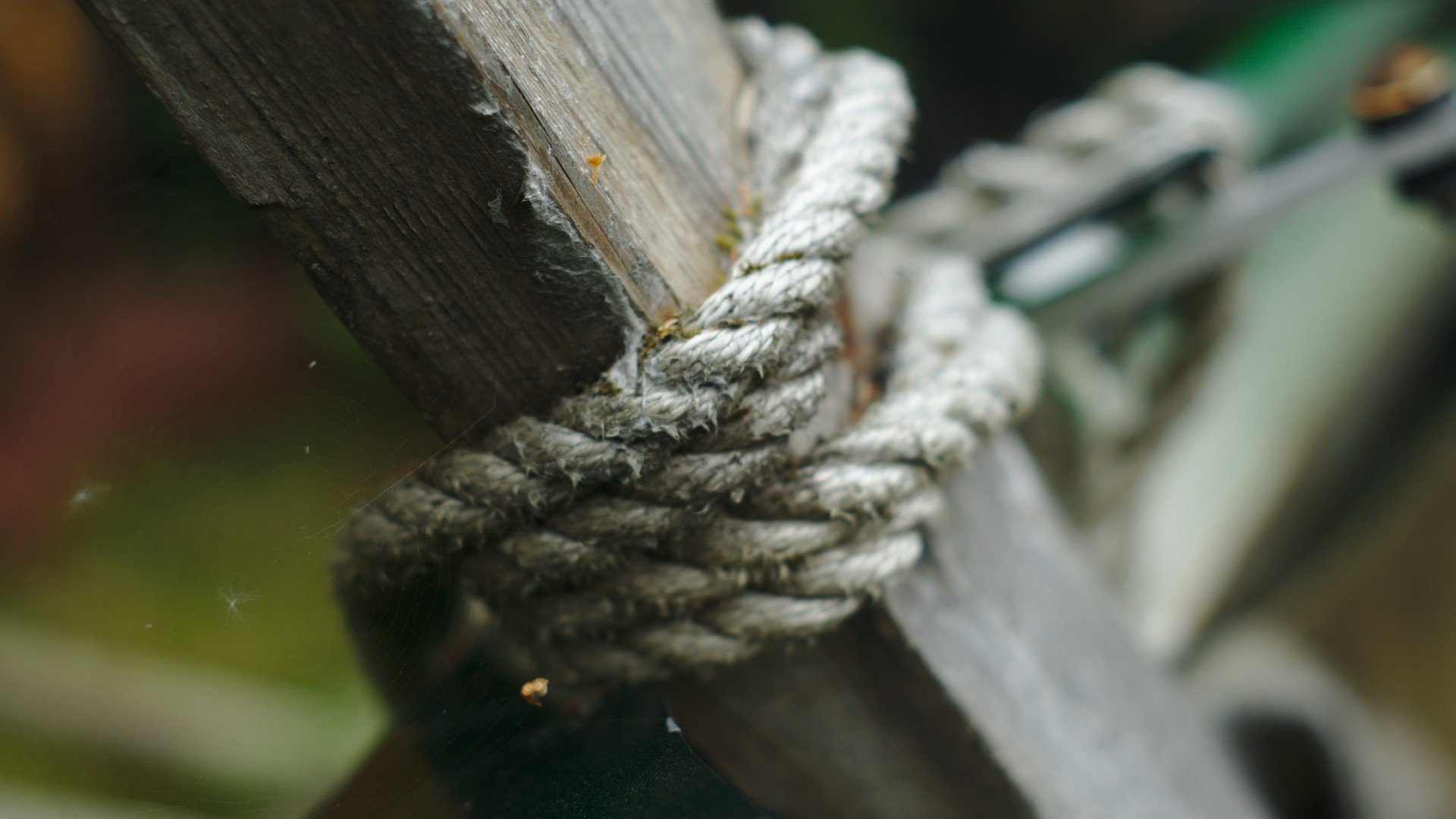Since ancient times, a person cannot do without using ropes and knitting knots. It's not only pleasant, but also a useful activity. It can be as fascinating as solving crosswords or reading newspapers.
The first ways of knitting knots were invented thousands of years ago. We still use many of them, since they could not be surpassed in reliability and simplicity. Today it is known that a Neolithic man knitted a simple, straight knot, a half-knot and probably many others.Ancient people used knots to design traps, fishing gear, traps, as well as to create decorative and applied products. The first materials for this were probably vines, strips of skin and tendons of animals.
The art of knitting knots began to form at the beginning of the Bronze Age. It is then that knots appear that had not only practical, but also cult, religious significance. Many signs and beliefs began to be associated with them.
Primitive man believed that the knot on the bowstring, tied in a special way, drives demons out of the dwelling and heals from diseases. Laces with knots were worn around the neck as a talisman. The ancient Greeks and Romans wrote about the magical properties of knots. Homer's writings mention that Aeolus gave Odysseus a leather bag with a magic knot. And the Roman writer and historian Pliny the Elder describes in detail in "Natural History" how doctors tied bandages with a special Herculean knot so that wounds heal faster.
It's hard to imagine now, but there were times when knots were banned. Peculiar taboos have been operating for a long time in different parts of the New and Old World. Even in the cradle of western civilization - Ancient Rome - senators were forbidden to have at least one knot in their clothes on pain of death. But a person could not do without knots at all. They were used in weaving nets, finishing fancy clothes, weaving carpets, etc. And the most ingenious and reliable knots were invented by sailors, because they constantly had to deal with cables and ropes.
The heyday of rigging works is observed in the XVIII-XIX centuries. In the era of amazing naval battles and discoveries, sailors had to master more and more complex ways of knitting knots. And during the rest, sailors often came up with decorative knots for entertainment.
Knots were of great importance not only at sea, but also on land. Fancy ways of knitting them were created by cowboys, fishermen, builders, carters, shepherds, jewelers, merchants, healers and representatives of many other professions.
And nowadays, with the development of mountaineering and sports tourism, a new round in the art of knitting knots has appeared. Extreme conditions force us to invent safe and ultra-reliable methods that are applied in practice. Today we use various knots without even thinking about the fact that many of them served our ancestors thousands of years ago.










0 Comments